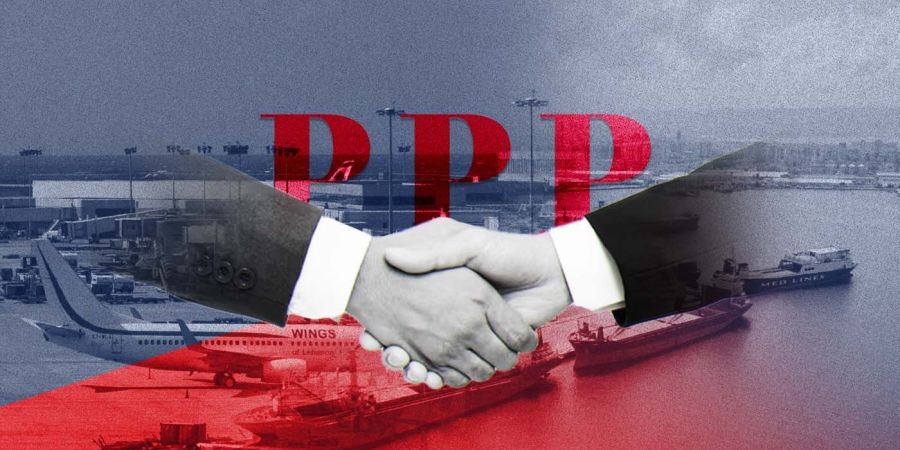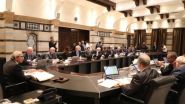Lebanon Relaunches PPPs to Rescue Airports and Ports
- 03/07/2025
- 5 comments
- 36
- 125


Makram Haddad 09:30

This is Beirut 12/07 10:00

Fady Noun 12/07 09:00

Johnny Kortbawi 11/07 20:00

This is Beirut 11/07 18:35

This is Beirut 12/07 23:15

This is Beirut 12/07 19:20

This is Beirut 12/07 19:05

This is Beirut 12/07 15:45

This is Beirut 12/07 13:14
Hala Abdallah 12/07 10:20
Élie-Joe Kamel 11/07 15:55
Katia Kahil 11/07 14:50
Rayan Chami 11/07 13:30

This is Beirut 11/07 19:55


This is Beirut 11/07 19:05

This is Beirut 11/07 15:45

Christiane Tager 10/07 18:55

Bélinda Ibrahim 12/07 19:00

This is Beirut 12/07 15:25

This is Beirut 12/07 14:00

This is Beirut 12/07 10:30

Bélinda Ibrahim 11/07 19:00

This is Beirut 01:50

This is Beirut 12/07 20:35

This is Beirut 12/07 15:35

Makram Haddad 12/07 10:10

This is Beirut 12/07 07:30

Bélinda Ibrahim 10/07 15:00

Bélinda Ibrahim 09/07 15:00

Makram Haddad 03/07 22:00

Bélinda Ibrahim 03/07 14:00

Bélinda Ibrahim 02/07 18:00

par Ici Beyrouth, 09:15

par Ici Beyrouth, 09:10

par Ici Beyrouth, 01:55

par Ici Beyrouth, 12/07 23:00

par Ici Beyrouth, 12/07 22:20